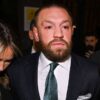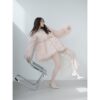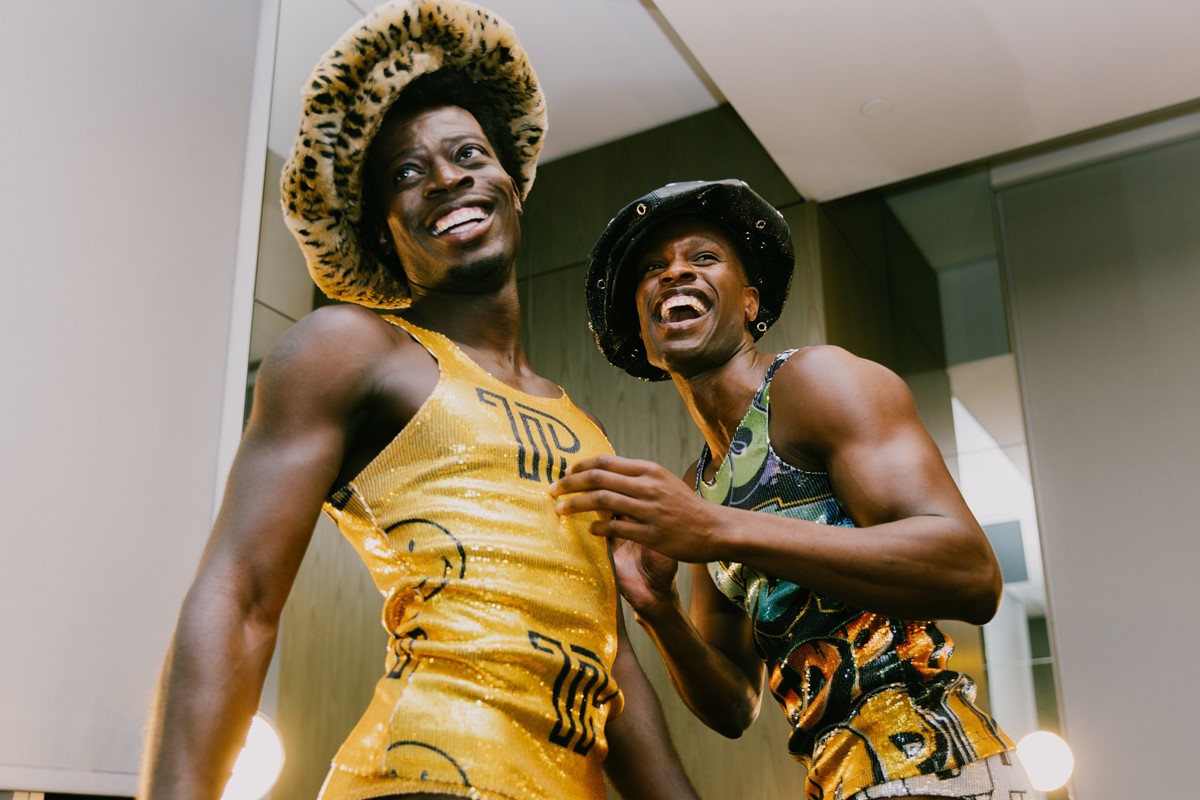
Rewrite
There’s a 2022 Tweet that perfectly captures the duality of two US fashion capitals: “LA is shitty heaven, and NY is fun hell”. By that logic, and historically speaking, New York has dominated LA when it comes to fashion week. (The fashion industry could also be described as fun hell, after all). However, LA has been coming for New York’s crown in recent years, with brands like Balenciaga and Chanel hosting LA-based shows. N4XT Experiences – a company founded by Ciarra Pardo, former chief creative officer of Fenty, alongside Imad Izemrane, president and co-founder of Spring Place (the host of NYFW for the last eight years) – has also given Los Angeles Fashion Week a complete overhaul, laying the groundwork for it to become a new type of fashion hub.
Last week, LAFW returned for its third season in Hollywood since its acquisition by N4XT Experiences. The four-day event lineup all took place in one space, W Hollywood, bringing back memories of New York’s Spring Place heyday. And yet, Izemrane insists that he and Pardo are not trying to copy and paste from NYFW. “We are in no shape or form intending to compete with New York, Paris, or Milan because it’s a different type of activation we’re putting together focused on entertainment,” he says. This makes sense for a city that Izemrane calls the “global centre of social media content”. In an increasingly digital fashion landscape, Izemrane believes LA’s high concentration of influencers gives LAFW an edge. “We celebrate what LA has to offer, and I think it’s starting to be recognised,” says Pardo.
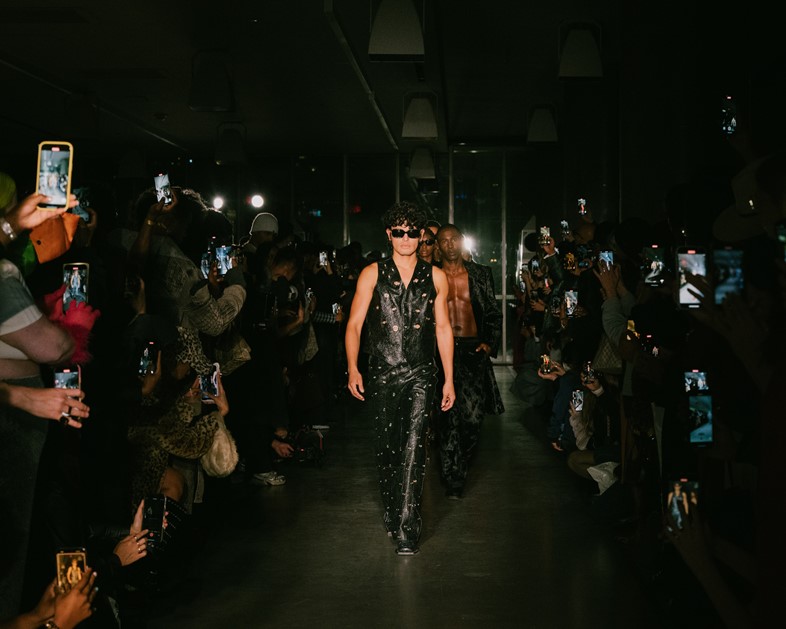
LAFW runs annually instead of bi-annually, so they pack one year’s worth of the city’s best fashion into one week. This year included shows from Ed Hardy, Sergio Hudson, Theophilio, BruceGlen, Private Policy, R!O, The Blonds, and Tribute Brand. Izemrane and Pardo want LAFW to champion emerging designers without access to large NYFW budgets. Beyond the runway shows were pop-up activations from Head of State, Otis College of Art, and House of Aama, alongside a creator’s lounge and marketplace stocking brands like Sami Miro Vintage, Pascal Design x Dess Dior, and Fenty Beauty.
Ahead, we’ve rounded up the best bits from Los Angeles’s emerging and experimental fashion week.
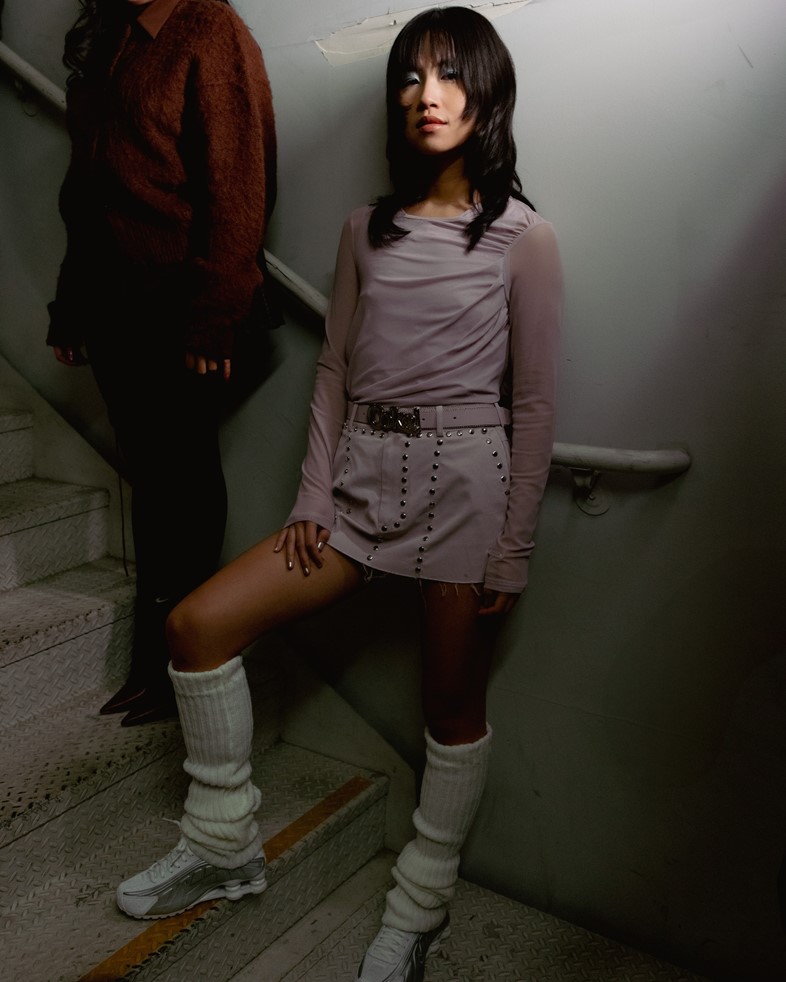
Straight from New York, Private Policy, a genderless apparel brand founded by Haoran Li and Siying Qu, showcased their Spring / Summer 2024 collection at LAFW this year. The show was a tribute to powerful women and Ruth Bader Ginsburg’s words, “Women belong in all places where decisions are being made”. In keeping with the theme, the models on the runway-slash-live-portrait-session were all influential female leaders across different industries in LA (including athlete Beatriz Hatz and the hair designer for the film Everything, Everywhere All at Once, Anissa Salazar).
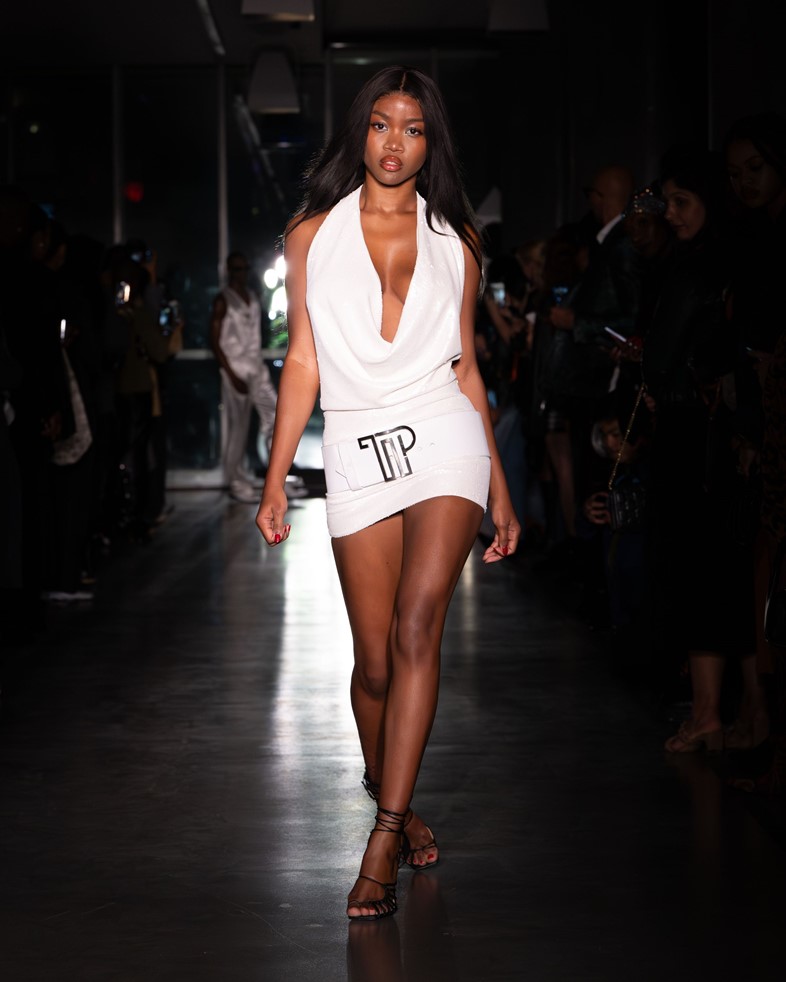
After a three-season hiatus, Edvin Thompson returned to the New York Fashion Week schedule last season. Still, even though the clothes were much the same (and potentially exactly the same) from two months ago, the designer brought a palpable energy to the city, combining Jamaican culture with LA nightlife and the runway show with the afterparty. The Brooklyn-based creative had won CFDA’s Emerging Designer of the Year award in 2021, but had previously opened up about the stark financial realities of being an independent designer that caused his NYFW pause, so his LAFW return screams, “I’m back for good”.
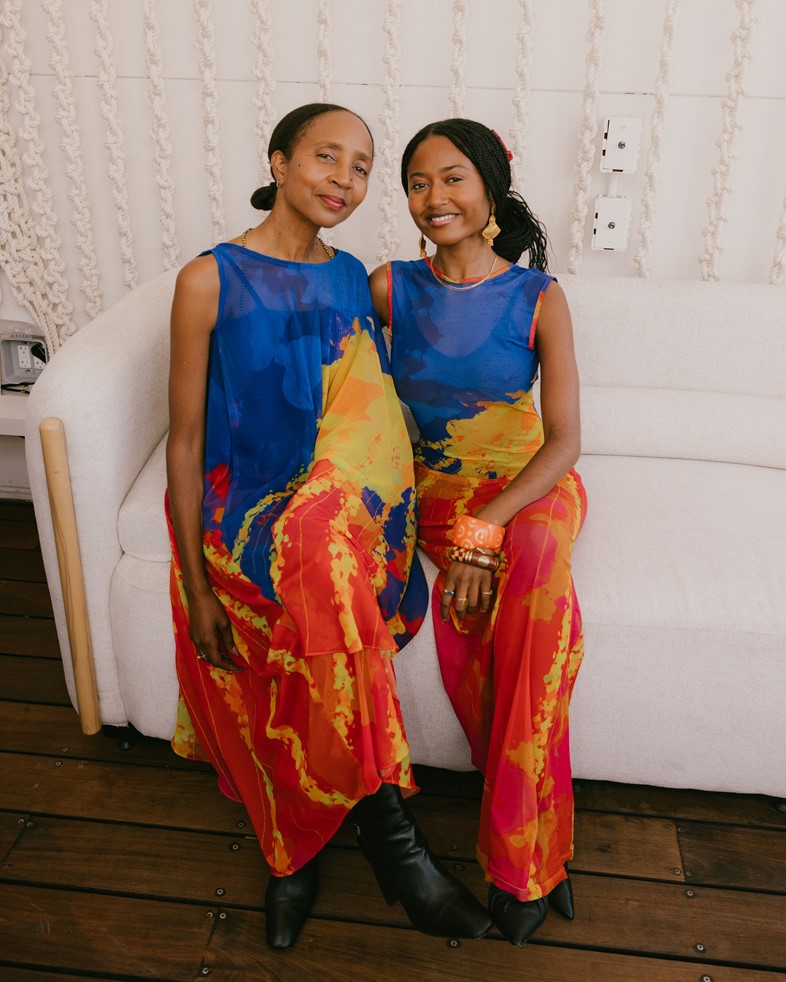
Akua Shabaka, the co-founder of House of Aama, said this was the first year she and her mother (and business partner) have been part of LAFW. “We’ve wanted to bring our experiences and vibe to LA again,” she says. This year, they hosted a vinyl pop-up with their upcoming Sun Records collection, inspired by the Los Angeles jazz scene of the 60s and 70s, hanging on racks beside stacks of records. “It all felt very much in alignment,” says Shabaka.
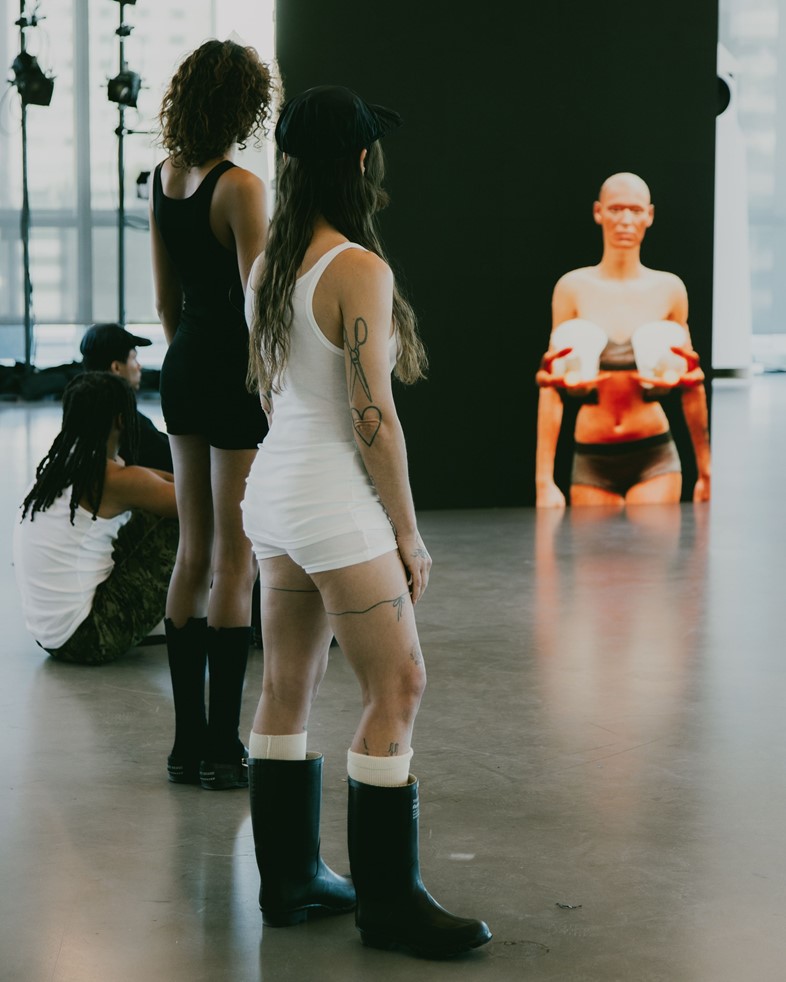
LAFW got futuristic this year with Tribute Brand’s dual physical and virtual presentation. The new collection, UNIFORMA, mixes together ten physical and digital looks, proposing how these two can co-exist. There was a digital model with a cigarette burn through their stomach, a gown made of floating dollar bills, and a t-shirt reading “I
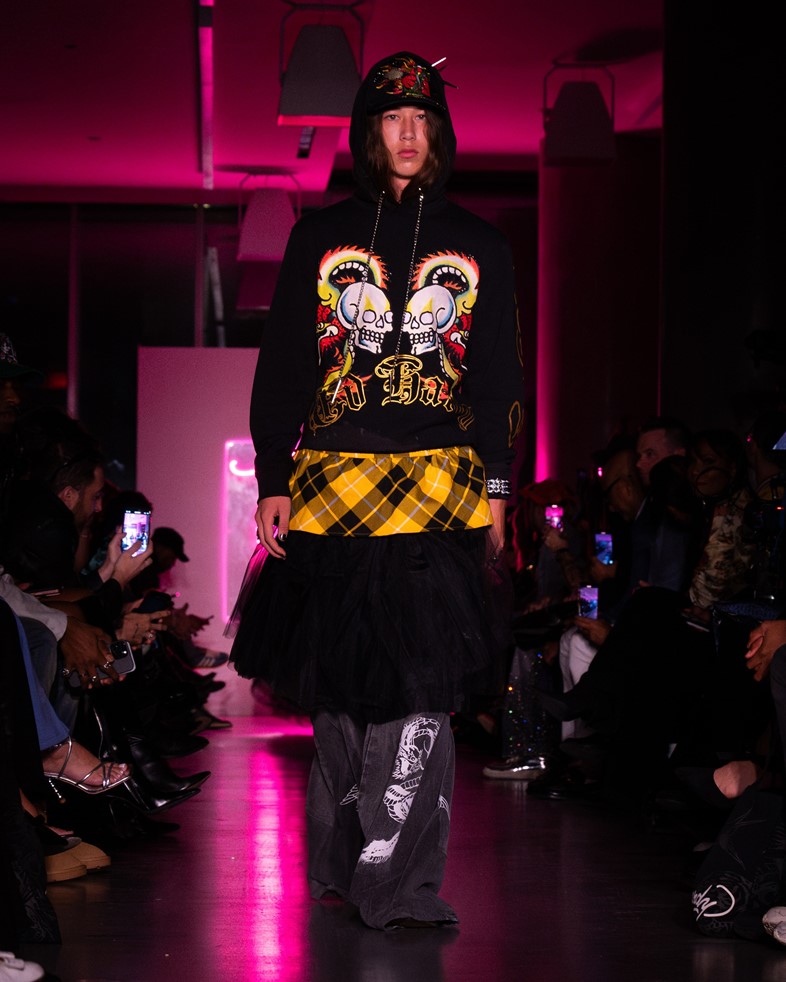
Don Ed Hardy grew up in California, taking the fashion industry by storm during the Y2K era with his tattoo artistry and iconic trucker hats. Ed Hardy’s first brick-and-mortar store was also on Melrose Avenue, so you could argue this was the most LA brand you could have at LAFW itself. The nostalgic favourite is currently amid a thrifted revival online, so the timing felt fitting for the brand’s debut runway show, celebrating their tattooed roots.

Throughout LAFW, Taofeek Abijako, the 26-year-old multidisciplinary artist behind Head Of State, a brand representing postcolonial African youth culture today, hosted Vivid Imagination – Los Angeles. The pop-up exhibition explored tradition and modernity, with tailored pieces hanging from the ceiling between wooden frames. While technically still being in the W Hollywood building, the show was a peaceful retreat from the runway.
in HTML format, including tags, to make it appealing and easy to read for Japanese-speaking readers aged 20 to 40 interested in fashion. Organize the content with appropriate headings and subheadings (h1, h2, h3, h4, h5, h6), translating all text, including headings, into Japanese. Retain any existing
tags from
There’s a 2022 Tweet that perfectly captures the duality of two US fashion capitals: “LA is shitty heaven, and NY is fun hell”. By that logic, and historically speaking, New York has dominated LA when it comes to fashion week. (The fashion industry could also be described as fun hell, after all). However, LA has been coming for New York’s crown in recent years, with brands like Balenciaga and Chanel hosting LA-based shows. N4XT Experiences – a company founded by Ciarra Pardo, former chief creative officer of Fenty, alongside Imad Izemrane, president and co-founder of Spring Place (the host of NYFW for the last eight years) – has also given Los Angeles Fashion Week a complete overhaul, laying the groundwork for it to become a new type of fashion hub.
Last week, LAFW returned for its third season in Hollywood since its acquisition by N4XT Experiences. The four-day event lineup all took place in one space, W Hollywood, bringing back memories of New York’s Spring Place heyday. And yet, Izemrane insists that he and Pardo are not trying to copy and paste from NYFW. “We are in no shape or form intending to compete with New York, Paris, or Milan because it’s a different type of activation we’re putting together focused on entertainment,” he says. This makes sense for a city that Izemrane calls the “global centre of social media content”. In an increasingly digital fashion landscape, Izemrane believes LA’s high concentration of influencers gives LAFW an edge. “We celebrate what LA has to offer, and I think it’s starting to be recognised,” says Pardo.

LAFW runs annually instead of bi-annually, so they pack one year’s worth of the city’s best fashion into one week. This year included shows from Ed Hardy, Sergio Hudson, Theophilio, BruceGlen, Private Policy, R!O, The Blonds, and Tribute Brand. Izemrane and Pardo want LAFW to champion emerging designers without access to large NYFW budgets. Beyond the runway shows were pop-up activations from Head of State, Otis College of Art, and House of Aama, alongside a creator’s lounge and marketplace stocking brands like Sami Miro Vintage, Pascal Design x Dess Dior, and Fenty Beauty.
Ahead, we’ve rounded up the best bits from Los Angeles’s emerging and experimental fashion week.

Straight from New York, Private Policy, a genderless apparel brand founded by Haoran Li and Siying Qu, showcased their Spring / Summer 2024 collection at LAFW this year. The show was a tribute to powerful women and Ruth Bader Ginsburg’s words, “Women belong in all places where decisions are being made”. In keeping with the theme, the models on the runway-slash-live-portrait-session were all influential female leaders across different industries in LA (including athlete Beatriz Hatz and the hair designer for the film Everything, Everywhere All at Once, Anissa Salazar).

After a three-season hiatus, Edvin Thompson returned to the New York Fashion Week schedule last season. Still, even though the clothes were much the same (and potentially exactly the same) from two months ago, the designer brought a palpable energy to the city, combining Jamaican culture with LA nightlife and the runway show with the afterparty. The Brooklyn-based creative had won CFDA’s Emerging Designer of the Year award in 2021, but had previously opened up about the stark financial realities of being an independent designer that caused his NYFW pause, so his LAFW return screams, “I’m back for good”.

Akua Shabaka, the co-founder of House of Aama, said this was the first year she and her mother (and business partner) have been part of LAFW. “We’ve wanted to bring our experiences and vibe to LA again,” she says. This year, they hosted a vinyl pop-up with their upcoming Sun Records collection, inspired by the Los Angeles jazz scene of the 60s and 70s, hanging on racks beside stacks of records. “It all felt very much in alignment,” says Shabaka.

LAFW got futuristic this year with Tribute Brand’s dual physical and virtual presentation. The new collection, UNIFORMA, mixes together ten physical and digital looks, proposing how these two can co-exist. There was a digital model with a cigarette burn through their stomach, a gown made of floating dollar bills, and a t-shirt reading “I

Don Ed Hardy grew up in California, taking the fashion industry by storm during the Y2K era with his tattoo artistry and iconic trucker hats. Ed Hardy’s first brick-and-mortar store was also on Melrose Avenue, so you could argue this was the most LA brand you could have at LAFW itself. The nostalgic favourite is currently amid a thrifted revival online, so the timing felt fitting for the brand’s debut runway show, celebrating their tattooed roots.

Throughout LAFW, Taofeek Abijako, the 26-year-old multidisciplinary artist behind Head Of State, a brand representing postcolonial African youth culture today, hosted Vivid Imagination – Los Angeles. The pop-up exhibition explored tradition and modernity, with tailored pieces hanging from the ceiling between wooden frames. While technically still being in the W Hollywood building, the show was a peaceful retreat from the runway.
and integrate them seamlessly into the new content without adding new tags. Ensure the new content is fashion-related, written entirely in Japanese, and approximately 1500 words. Conclude with a “結論” section and a well-formatted “よくある質問” section. Avoid including an introduction or a note explaining the process.
